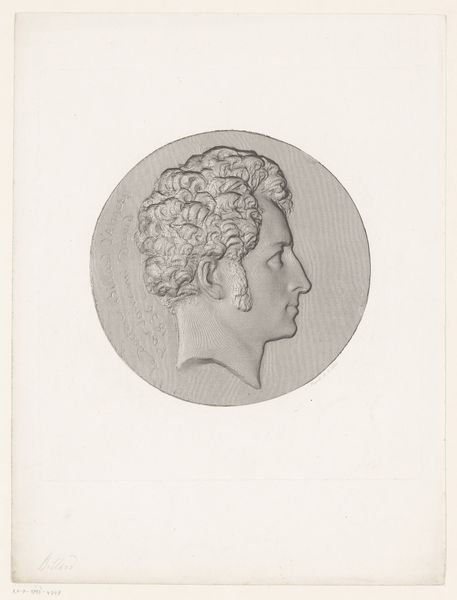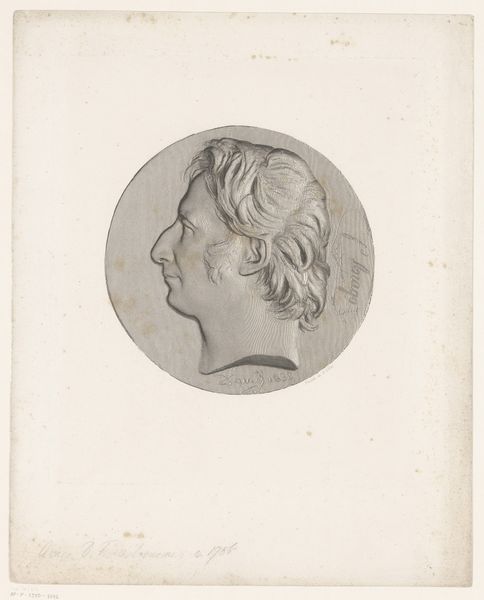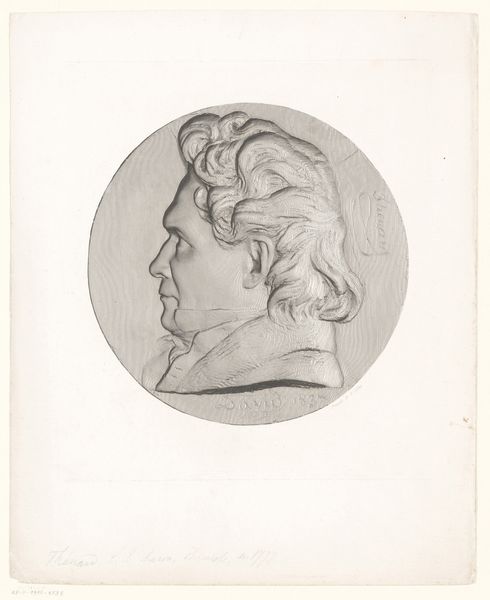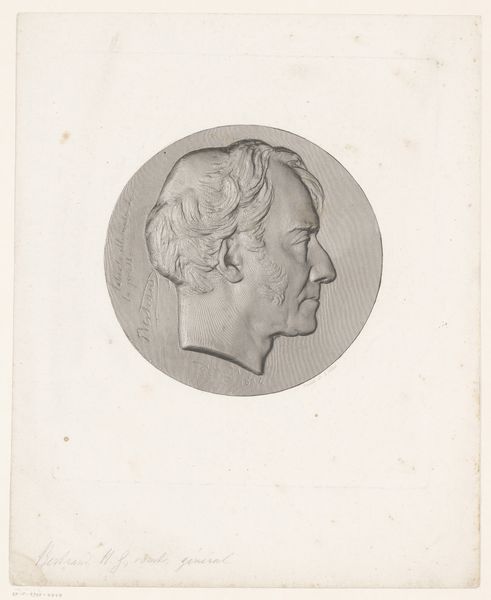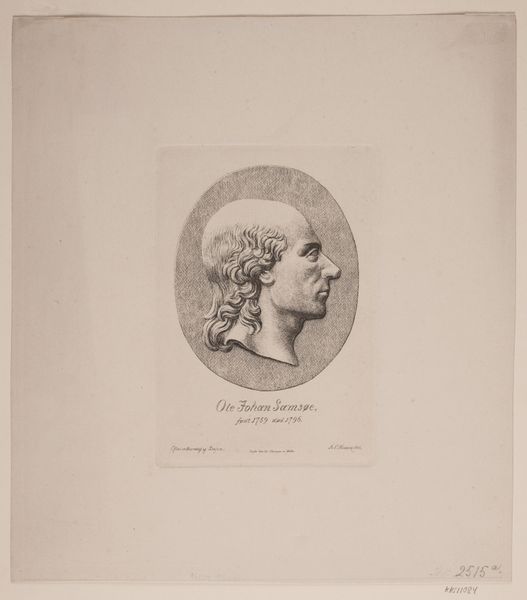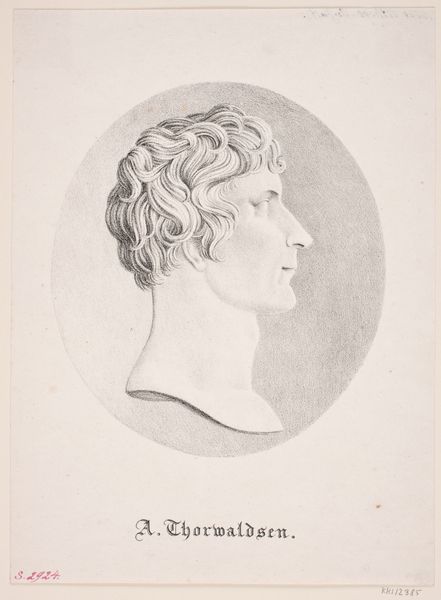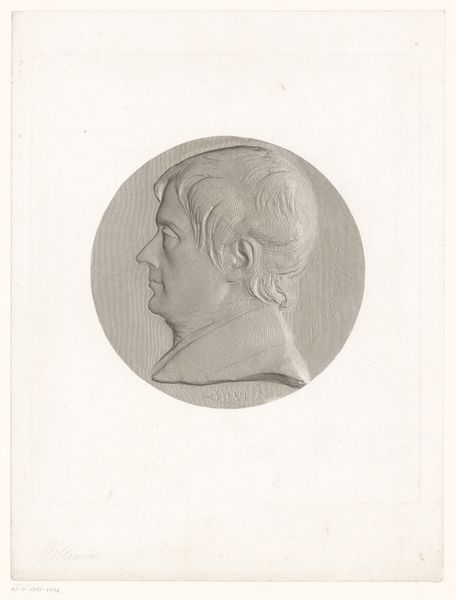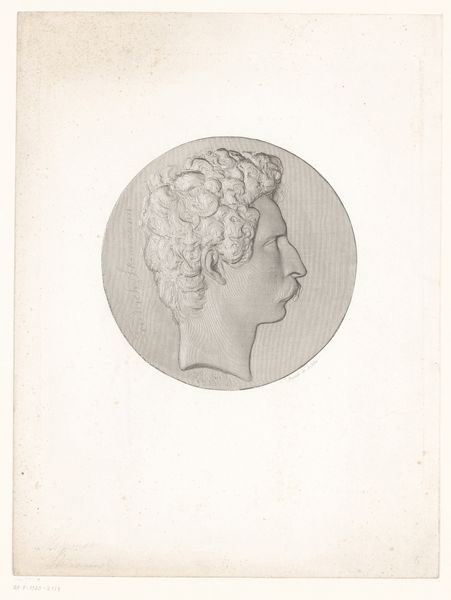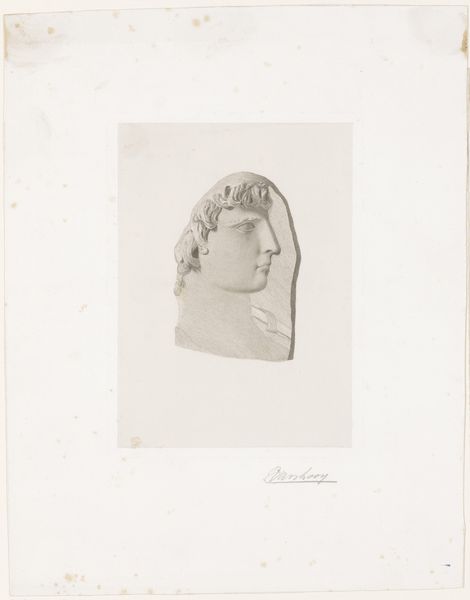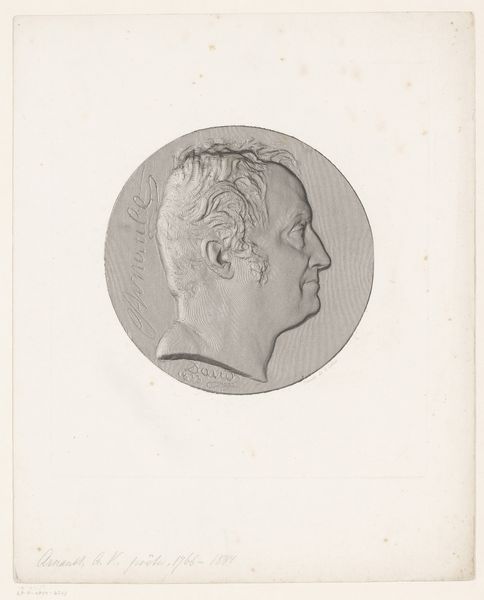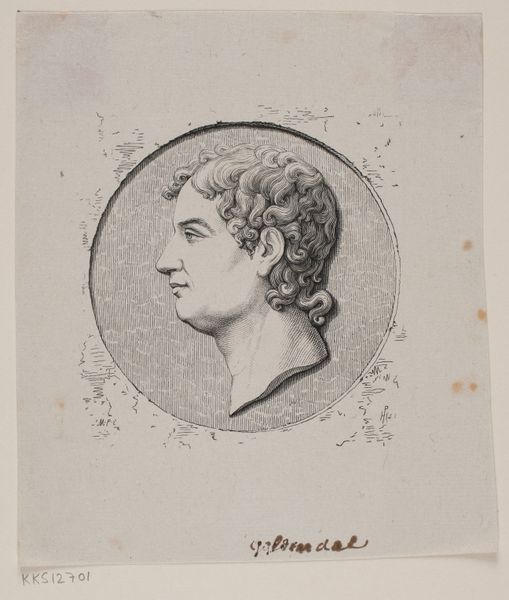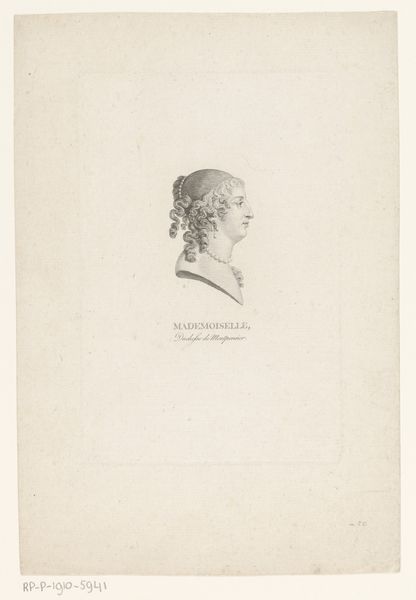
drawing, sculpture, pencil, graphite
#
portrait
#
pencil drawn
#
drawing
#
light pencil work
#
pencil sketch
#
sculpture
#
pencil
#
graphite
#
sketchbook drawing
#
pencil work
#
academic-art
Dimensions: height 199 mm, width 148 mm
Copyright: Rijks Museum: Open Domain
Joseph Edouard Van Looy made this pencil drawing, "Head of a Man, Fragment of a Sculpture," in Belgium sometime between 1871 and 1896. It gives us a glimpse into the artistic training of the period. The drawing's subject, a classical sculpture fragment, was a common exercise in art academies. Aspiring artists honed their skills by copying established forms, internalizing the aesthetic values of the past. This practice wasn't merely about technical skill; it was about aligning oneself with a lineage of artistic authority, mostly Greek and Roman. Van Looy's choice of subject reflects the conservative nature of art education at the time. The academies served as gatekeepers, reinforcing traditional standards and dictating what was considered "good" art. To truly understand this drawing, we can delve into the archives of art schools in late 19th century Belgium, uncovering the curriculum, the instructors, and the debates that shaped artistic production. Remember, art isn't created in a vacuum, but within a web of institutions, power dynamics, and cultural values.
Comments
No comments
Be the first to comment and join the conversation on the ultimate creative platform.
